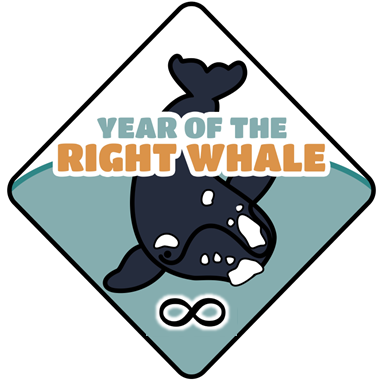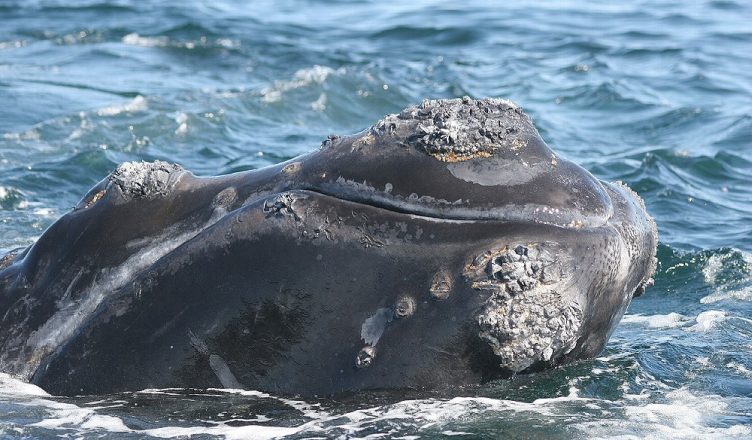Image above by Beth Josephson of NOAA, obtained from NOAA Photo Library.
North Atlantic right whales are one of the most endangered cetaceans with only about 370 individuals left. If you have heard this before, you may be wondering how scientists know how many are left? In order to study an species of animals, one approach can be to track individuals throughout their life time. But can scientists tell one right whale from the next? The answer is YES, they can! Thanks to patches right whales have on their heads called callosities.
Callosities are irregular white growths on a right whale’s head. They are like calluses (hence the name) and relatively rough and hard. Each right whale has a unique pattern of callosities that are like human fingerprints; no two whales have the same pattern. Scientists use these much like the fluke patterns of humpback whales to identify individuals. The whales are not only given identification numbers, but fun names that often relate to their callosity patterns. They can be identified from photos taken from above in an aerial survey plane, and from sea level from a boat.
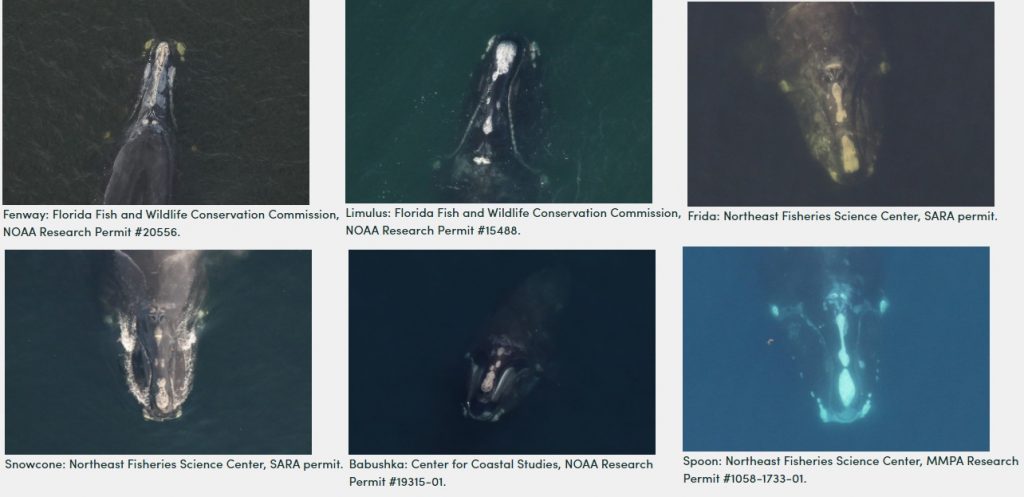
Callosities are not simply static growths either. They are full of life, in the form of cyamids. Cyamids, or whale lice, are tiny crustaceans that live on many whales species of whales–including North Atlantic right whales. The cyamids use the callosities for shelter and food, grabbing whatever floats by as the whale swims. Interestingly enough, different species of cyamids live on different species of whales.
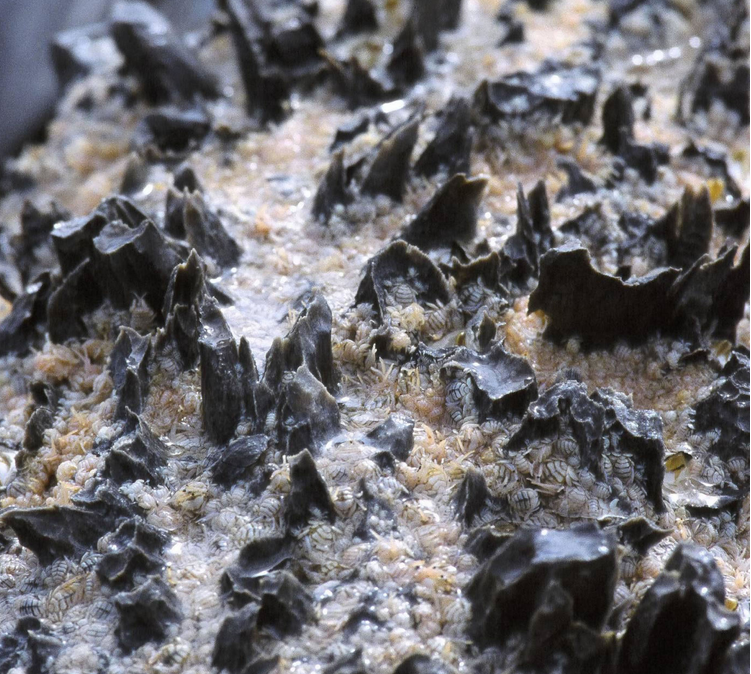
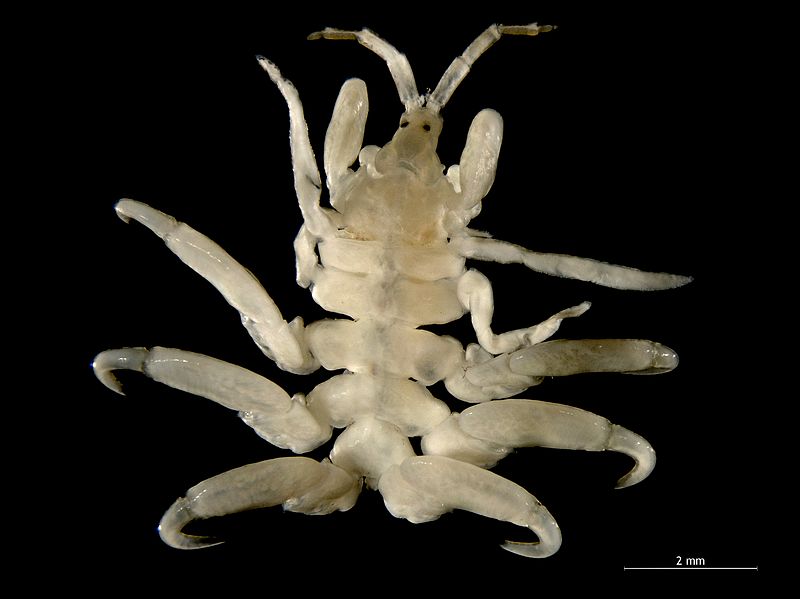
Want to practice being a right whale scientist? Try our activities that we created for the Year of the Right Whale! Learn more about how scientists identify and match these animals for research. Explore how scientists know how the whales are related to each other as well! You can also view the right whale catalog and become familiar with some of these right whales! Comment below how you did!

